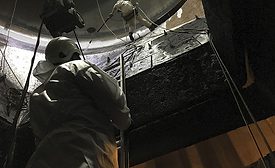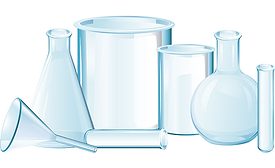Paint and Coating Resins & Polymers
Development of a Chemical-Resistant, Two-Component Polyurethane Coating System
Characterized by a Polycarbonate-Based Polyurethane Polyol
Read More
Stopping Corrosion in Mine, Quarry and Aggregate Processing Structures
Innovative coating prevents corrosion of steel hoppers and equipment exposed to moisture, salt and abrasion
Read More
1K Hydrophobic Binders for Anticorrosion Primers and DTM Topcoats
Improved Corrosion Protection via Increased Hydrophobicity
Read More
Keep the info flowing with our eNewsletters!
Get the latest industry updates tailored your way.
JOIN TODAY!Copyright ©2024. All Rights Reserved BNP Media.
Design, CMS, Hosting & Web Development :: ePublishing











